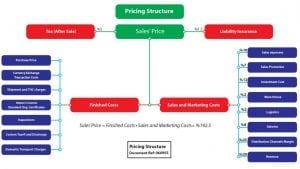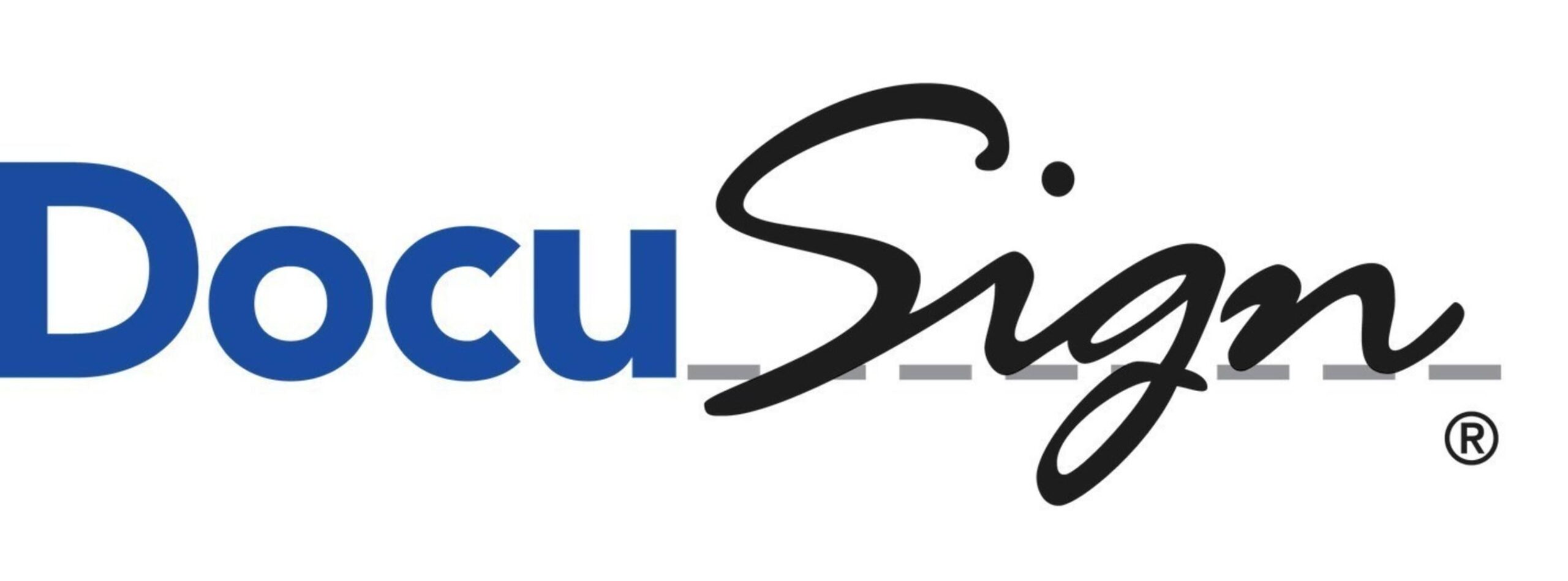In an increasingly digital world, where the speed of transactions and the ease of agreements can make or break a business, electronic signature solutions have emerged as indispensable tools. With a myriad of options available, two of the most prominent names in the arena are DocuSign and SignNow. But how do these giants stack up against each other, especially when it comes to user experience and functionality? This article embarks on a comprehensive evaluation, delving into the features, ease of use, and overall effectiveness of each platform. Whether you are a small business owner seeking to streamline operations or a corporate executive navigating high-volume transactions, understanding the nuances of these services will empower you to make informed decisions in the realm of digital agreements. Join us as we peel back the layers of DocuSign and SignNow, providing clarity in a competitive landscape.
Understanding the User Interface: A Side-by-Side Comparison
When it comes to user interface, both DocuSign and SignNow offer distinct experiences tailored to their user bases. DocuSign is recognized for its streamlined, professional look, focusing on ease of navigation with a minimalist design. Users often appreciate the intuitive layout that allows them to quickly access key features such as document uploads, signature requests, and templates. Its dashboard is customizable, enabling users to prioritize the tools they use most frequently, which can significantly enhance productivity.
On the other hand, SignNow adopts a more pragmatic approach with a vibrant and engaging interface that balances functionality with aesthetics. The platform emphasizes user engagement through its robust features such as in-app chats and collaboration tools. Users can easily track document statuses and manage workflows thanks to the clear, color-coded notifications. Below is a side-by-side comparison of the primary interface features of both applications:
| Feature | DocuSign | SignNow |
|---|---|---|
| Customization | High | Moderate |
| Collaboration Tools | Basic | Advanced |
| Navigation Ease | Excellent | Good |
| Visual Design | Minimalist | Colorful |

Core Features and Functionality: Which Platform Delivers More?
When it comes to e-signature solutions, both DocuSign and SignNow offer an impressive suite of core features that cater to the needs of individuals and businesses alike. DocuSign stands out with its advanced authentication methods, which include options like SMS codes and biometric verifications. Moreover, it integrates seamlessly with numerous third-party applications, ensuring a smooth workflow for users. Key features include:
- Customizable templates for frequently used documents
- In-person signing options for on-the-spot agreements
- Robust reporting tools to track document status
On the other hand, SignNow emphasizes ease of use and affordability, appealing to small businesses and startups. The platform allows for easy drag-and-drop document creation and offers great team collaboration tools, making it a user-friendly choice for those new to digital signing. Its standout features include:
- Document merging for streamlined processing
- Unlimited templates, even in the basic plan
- API access for integrating into business applications
| Feature | DocuSign | SignNow |
|---|---|---|
| Advanced Authentication | Yes | No |
| Template Customization | Yes | Yes |
| In-Person Signing | Yes | No |
| Document Merging | No | Yes |

Integrations and Compatibility: Enhancing Workflow Efficiency
Integrating e-signature solutions with existing tools can significantly streamline workflow, allowing businesses to operate more efficiently. Both DocuSign and SignNow boast a variety of integrations that cater to diverse business needs. For instance, DocuSign seamlessly connects with a range of platforms such as:
- Salesforce – Automate your sales processes by integrating document signing directly into your CRM.
- Google Drive – Easily manage signed documents alongside your existing files.
- Microsoft Office – Sign documents directly within familiar applications, enhancing document management.
On the other hand, SignNow offers compatibility with its own selection of applications and platforms, ensuring smooth operations for users. It supports integrations with:
- Zapier – Automate workflows by connecting SignNow with thousands of other applications.
- Google Apps – Effortlessly send and sign documents from your Google environment.
- Box – Securely share and sign documents while maintaining cloud storage integrity.
To visualize the integration strengths of both platforms, the following table highlights key features:
| Feature | DocuSign | SignNow |
|---|---|---|
| Salesforce Integration | Yes | No |
| Zapier Compatibility | No | Yes |
| Google Drive Sync | Yes | Yes |

Pricing Structures and Customer Support: Making an Informed Choice
When deciding between DocuSign and SignNow, it’s essential to consider their pricing structures to ensure you choose the plan that best meets your needs. Both platforms offer a range of pricing tiers, reflecting their capabilities and target audiences. DocuSign generally has higher starting costs, but its advanced features may justify the investment for businesses needing extensive functionalities. In contrast, SignNow is frequently recognized for its affordability and provides ample features tailored for small to medium-sized enterprises. Here’s a quick outline of their pricing models:
- DocuSign: Tiered pricing model, starting with a Basic plan and moving up to Advanced options.
- SignNow: Offers a more simplified pricing structure with a generous free trial period.
- Discounts: Potential volume discounts and enterprise pricing available for both services.
Customer support can greatly influence user satisfaction and long-term commitment. DocuSign provides a robust support system that includes direct assistance via email, phone, and live chat, ensuring users can quickly resolve issues. They also feature an extensive online knowledge base for self-help. SignNow, while not lacking in support options, is often praised for its responsive live chat and community forums that encourage user collaboration. To further illustrate the support offerings, consider the following comparison:
| Feature | DocuSign | SignNow |
|---|---|---|
| Phone Support | 24/7 | Business Hours |
| Live Chat | Available | Available |
| Email Support | Standard | Standard |
| Knowledge Base | Comprehensive | Moderate |
Final Thoughts
In the world of digital signatures, choosing the right platform can feel like navigating a maze of features, usability, and pricing. As we’ve explored the nuances of DocuSign and SignNow, it becomes evident that both platforms cater to distinct preferences and use cases. DocuSign shines with its extensive integration capabilities and robust security measures, making it a favorite among enterprises craving scalability. Meanwhile, SignNow captivates users with its straightforward interface and affordability, appealing particularly to small businesses and individuals looking for efficiency without overwhelming complexity.
Ultimately, the decision between DocuSign and SignNow hinges on your specific needs and workflow. Whether you prioritize advanced features or ease of use, both solutions offer viable paths to streamline document signing processes. As you embark on your digital signature journey, consider what aspects matter most to you—be it user experience, functionality, or budget—and make an informed choice that aligns with your goals. the right platform will not only enhance your productivity but also empower you to focus on what truly matters: your work.





Pingback: Trello vs. Monday.com: Best for Team Collaboration? - AI in Novas
Pingback: DocuSign vs. HelloSign: A Comparison of Pricing and Features - AI in Novas
Pingback: DocuSign vs. PandaDoc: Best for Document Management? - AI in Novas
Pingback: DocuSign vs. Adobe Sign: Which E-Signature Solution is Superior? - AI in Novas
Pingback: DocuSign vs. Adobe Sign: The Ultimate E-Signature Showdown - AI in Novas
Pingback: DocuSign vs. PandaDoc: Comparing Document Management Features - AI in Novas